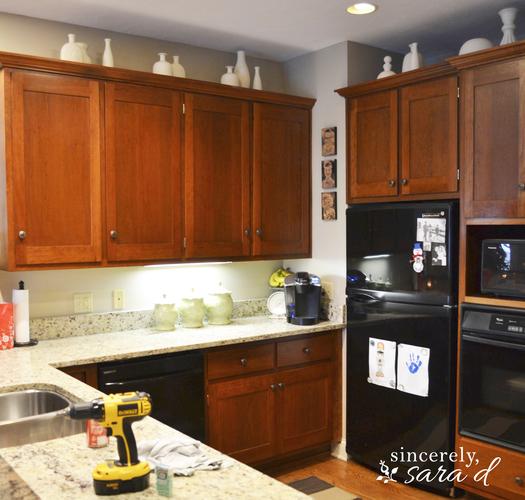Can You Paint Cabinets Without Sanding?
Painting cabinets without sanding might seem like a daunting task, but it’s entirely possible with the right approach and products. Whether you’re looking to refresh your kitchen or update your bathroom, skipping the sanding step can save time and effort. Let’s dive into the details of how you can achieve a smooth, durable finish without sanding.
Understanding the Process
Before we get into the nitty-gritty of painting cabinets without sanding, it’s essential to understand the process. The key is to prepare the surface properly to ensure the paint adheres well. This involves cleaning, degreasing, and applying a primer designed for non-sanding applications.

Cleaning and Degreasing
The first step in preparing your cabinets for paint is to clean them thoroughly. Use a mild detergent and warm water to remove any dirt or grime. For greasy surfaces, you may need a degreaser specifically designed for kitchen cabinets. This step is crucial because oil and grease can prevent paint from adhering properly.
Choosing the Right Primer
Selecting the right primer is the cornerstone of painting cabinets without sanding. Look for a primer that is designed for non-sanding surfaces. These primers are formulated to bond with the existing finish, providing a solid base for the paint. Some popular options include Zinsser’s Bulls Eye 1-2-3 Primer and Behr’s Premium Plus Ultra Low-VOC Interior/Exterior Primer.
Applying the Primer
Once you’ve chosen the right primer, apply it evenly to the cabinets using a brush or roller. Be sure to cover all surfaces, including the edges and corners. Allow the primer to dry completely according to the manufacturer’s instructions, which is typically 24 hours.
Paint Selection
After the primer has dried, it’s time to select the paint. For cabinets, it’s best to use a high-quality, durable paint that is designed for interior use. Latex paints are a popular choice due to their ease of application and resistance to moisture. Look for paints that are labeled as “paint and primer in one” to save time and ensure good adhesion.

Painting Techniques
When painting your cabinets without sanding, it’s important to use the right techniques. Here are a few tips to help you achieve a smooth finish:
-
Use a high-quality brush or roller designed for latex paint.
-
Apply thin, even coats of paint to avoid drips and runs.
-
Let each coat dry completely before applying the next one.
-
Use a damp cloth to wipe away any drips or spills immediately.
Finishing Touches
Once the final coat of paint has dried, inspect your cabinets for any imperfections. Touch up any areas that may need additional paint. You can also apply a clear coat of polyurethane to protect the paint and add a glossy finish. This step is optional but recommended for a long-lasting finish.
Table: Comparison of Non-Sanding Primers
| Product | Brand | Application | Drying Time | Price |
|---|---|---|---|---|
| Bulls Eye 1-2-3 Primer | Zinsser | Brush or Roller | 24 Hours | $20 – $25 |
| Behr Premium Plus Ultra Low-VOC Interior/Exterior Primer | Behr | Brush or Roller | 24 Hours | $20 – $25 |
| Minwax Fast-Drying Primer | Minwax | Brush or Roller | 1 Hour | $15 – $20 |
Painting cabinets without sanding is a feasible option if you follow the proper steps and use the right products. With a bit of patience and attention to detail, you can










